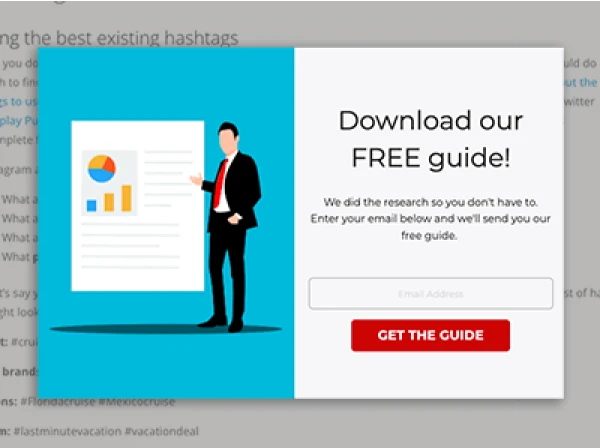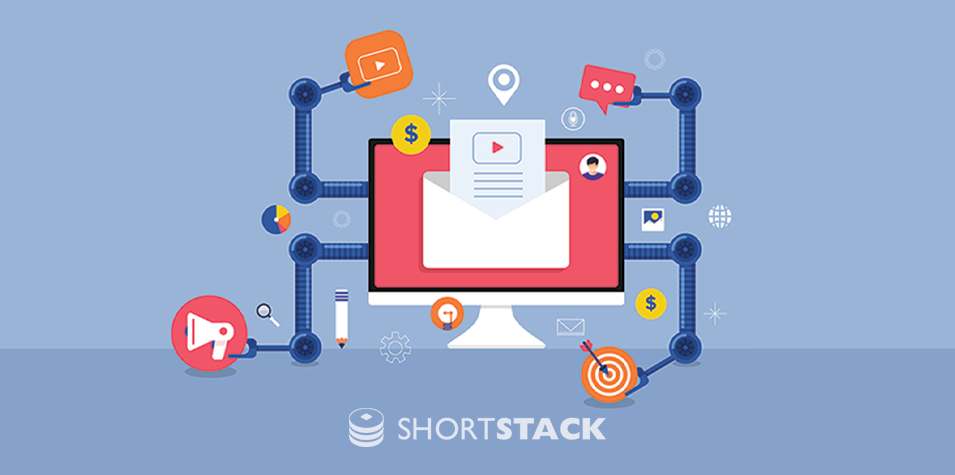There’s no way to sugar coat it, growing an agency the traditional way is stressful.You get more clients and you need more staff. You hire more staff and you need more clients. It’s a vicious cycle that results in many hours of overworked people (including yourself) or slashed profit margins.The good thing is, we operate in a world that enables businesses to scale without increasing their headcount. It’s called the “gig” economy.In the gig economy, businesses hire freelancers, contractors, and temporary workers instead of full-time employees. It speeds up the recruitment process and reduces the risk of large overheads.On top of this trend of temporary work, other forces are in play. There is an increase in remote work - 97% of employees don’t want to work in an office full-time, and a huge appetite for starting a side hustle - 1 in 3 Americans already have one. In combination, these forces are creating the perfect storm for agencies looking to scale without increasing staff numbers.An outsourced agency hiring model is the smart way to accelerate growth in 2021.
The Pros and Cons of an Outsourced Agency Model
Just because societal forces create an environment for doing so doesn’t mean you have to, right? So is there a genuine business case for choosing an outsourced agency model, or is the traditional “grow with headcount” approach a better way?Let’s look at the pros and cons:
The Pros of Outsourcing
As I alluded to in the introduction, there are numerous positives for hiring freelancers, contractors, temporary workers, or white label firms as you scale your agency. Here are some of those pros:
- Less risk. One of the biggest knocks on the traditional agency business model is its reliance on headcount. Each account manager or team specialist can only handle so many clients. At some point, you need to hire more people. But as soon as you hire new people, you all of a sudden have too much capacity for your client list. It’s near-on-impossible to have the perfect staff-to-client ratio for any amount of time. By outsourcing tasks to third parties you reduce the risk because you can assign them more or less work depending on the needs of your clients - they’re not on the full-time payroll.
- Lower cost. A flow-on effect of the high headcount agency model is more office space, increased wages, and several other associated costs with managing a large team. Specialized third parties usually have their own office space and handle other business expenses themselves. Yes, the per-hour rate may be higher than if you were to hire a junior, but you’ll be billed the exact amount of hours you need to deliver client outcomes. The “true” cost of hiring an employee is estimated to be over $4,000, and that’s just to get them up and running.

The cost of hiring an employee
- Access expertise. For the most part, when agencies hire new people, they bring them on as juniors. People with little to no experience can be trained and up-skilled to meet client demands but don’t cost a lot of money. Working with expert third parties reduces the cost and time of training unskilled workers and gives you access to experienced minds. Sure, you’ll need to onboard new contractors so they are congruent with your processes and expectations, but this is a much smoother process than teaching them how to get results for clients. Essentially, you’ll get better results with less training and improve your strike rate of finding the right team members.
- Built to scale. The outsourcing model allows you to scale up and down depending on your needs at any one time. If you lose a client, you’ll simply pay fewer billable hours to your contractor who was working on that client. If you get a new client, you can assign them more hours. This is a far easier process than searching for talent, conducting an interview process, hiring them, training them, and getting them up to scratch for client work. That can take months, which is time you don’t have if a new client opportunity is on your doorstep. Not surprisingly, training new employees are rated as a top challenge for marketing agencies:

The top digital agency problems
- More dedicated to the cause. It may sound strange to suggest that a third party is more dedicated to achieving client outcomes than someone you hire internally. But you need to remember that freelancers, contractors, and white label services are running a business of their own. They have a different way of thinking than someone who wants to be hired by an agency and get a steady paycheck. It’s a mutually beneficial relationship, if your agency is successful then their business is too.
Less risk, lower costs, better client outcomes, and scalability… it sounds too good to be true, right? Well, maybe it is - let’s take a look at the flip side.
The Cons of Outsourcing
Outsourcing is not all roses and butterflies. After all, if it’s so good, why do over 41% of agencies still use the traditional model of growing headcount in-house?Here are some downsides to outsourcing client work you should consider:
- Quality control. Perhaps the biggest concern for agencies that outsource work to third parties is ensuring quality control. While you’re working with experts, they will all have their own style and nuances that may not match your expectations for quality in some areas. It’s essential that you document your standards and expectations so that you can onboard new third-party providers in a way that upholds the quality of work being delivered to clients. A tool like Confluence could help you with this process:

Confluence for process documentation
- Aligning priorities. Naturally, good contractors will have a full book of work. If you can fill that book 100% of the time, great. But one of the key benefits of outsourcing is that you can scale up and down based on your needs. If you bring on a new client, you can’t guarantee that your best contractors will be available. Their priority is to sustain their own business, not be available to sustain yours.
- Communication with clients. Regular communication with clients is essential to a successful engagement. If you have numerous third parties working on an account it can complicate the communication process and result in missed requests or incongruent messaging. I recommend using Asana to track all your client tasks and team communication:

Asana for project management
- Brand consistency. Communication isn’t the only thing that is put in jeopardy with multiple parties contributing to the one client. You’ll be sharing documents, exchanging emails, and communicating via other channels with the entire team. This can potentially diminish the consistency of your brand in the eyes of the client if third parties use their own accounts to conduct work and communication.
As you can see, outsourcing client work has some potential downsides. However, you can minimize these risks by documenting strict quality controls, processes, communication guidelines, and new contractor onboarding procedures.
Getting Started with Agency Outsourcing
If you’ve bought into the concept of outsourcing, you may be wondering, where do I get started?Well, you can literally outsource everything. But that doesn’t mean you should.I strongly recommend keeping leadership, strategy, and account management in-house. This enables you to set rules and establish standards for your agency. The leadership team creates the standards and the account managers uphold those standards by being the glue between your contractors and clients.Beyond that, you can outsource any number of specialties. SEO, media buying, content creation, campaign management, social media management, website development, admin, and more. There are expert contractors, freelancers, and white label services with experience in all these areas.For example, ShortStack runs custom marketing campaigns and contests for its clients. They’re experts in this space and the perfect niche service to rely on if you’re running regular campaigns for clients.There are also sites like UpWork where you can find freelancers in all different disciplines, or white label marketing agencies who handle your headcount and slip in under your brand.The great thing about outsourcing is that you can test it out without taking much risk. Dip your toe in and see how it goes. You may be surprised at the opportunities it unlocks for your agency.
About the author
Will Blunt is the founder of Sidekick Digital by Will Blunt - B2B Marketing Expert - Sidekick Digital, a publishing business that launches, manages, and grows brands with content marketing.
Recent posts
Go back to blogGet marketing tips straight to your inbox
Launch an irresistible giveaway. Get started for free.
Join 630.000+ marketers that are boosting engagement and sales.













